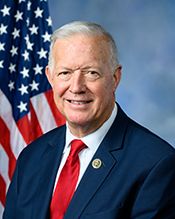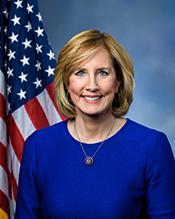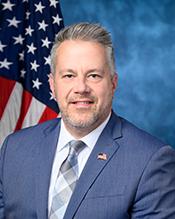0
Weather Act Reauthorization Act of 2023
5/24/2024, 1:35 PM
Congressional Summary of HR 6093
Weather Research and Forecasting Innovation Reauthorization Act of 2023 or the Weather Act Reauthorization Act of 2023
This bill reauthorizes, revises, and establishes several programs related to weather forecasting, monitoring, and research.
For example, the bill reauthorizes through FY2028 programs that are administered by the Office of Oceanic and Atmospheric Research in the National Oceanic and Atmospheric Administration (NOAA), including the U.S. Weather Research Program. It also provides statutory authority for NOAA's Verification of the Origins of Rotation in Tornadoes Experiment (known as VORTEX-USA).
The bill also requires NOAA to establish programs that support weather forecasting technology, including improvements to radar accuracy, weather forecasting in underserved areas, and coastal flooding forecasting. NOAA must also contract with the private sector to obtain weather-related data and establish a pilot program to test the compatibility of this data with NOAA infrastructure.
In addition, NOAA must improve weather-related communication systems, including those related to hazardous weather events, through system upgrades that use more modern technology (e.g., cloud-based services) and that allow for expanded coverage (e.g., in rural areas).
Finally, NOAA must administer programs that support weather forecasting for agricultural and water management, including pilot programs to improve precipitation forecasts in the western and central states and a soil moisture monitoring network.





